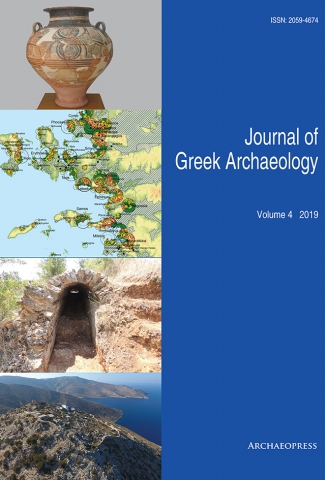
Journal of Greek Archaeology 4: 163-179
Ancient literary sources provide us with conflicting accounts concerning whether the physically deformed and impaired were socially marginalized in the ancient Greek world. However, one underutilized source of evidence that bears the potential to shed light on this debate is the burial record. Through the analysis of human skeletal remains recovered from graves, individuals with physical deformities can be identified. Then, by studying the archaeological contexts of these individuals with particular focus placed on the mode of burial, spatial orientation, body position, amounts and types of grave goods, and the ways in which these factors deviate from established cemetery norms, striking details can be revealed about the deceased’s social status.
Despite its potential to address the issue of whether certain groups of individuals were socially integrated or marginalized, the use of burial evidence remains challenging as skeletal evidence of physical deformities is rare, especially for the Classical period. There are, however, two unique skeletons from the Greek colony of Kamarina in southeastern Sicily that bear evidence of cranial deformation. These individuals, T413 and T 539, date to the Classical period (ca. 5th to 3rd century BC) and both appear to have been afflicted with craniosynostosis, or the premature fusion of cranial sutures. Using these individuals and their burial contexts as case studies, this article will explore the likelihood of whether T413 and T 539 were socially integrated or marginalized at Kamarina. The article begins with a brief description of craniosynostosis and a survey of its known occurrences in the ancient Greek world. The focus then shifts to a general discussion of Classical burial practices at Kamarina, followed by details concerning the burial contexts of T413 and T 539. Based on biological, archaeological, and spatial evidence, it is argued that T413 and T 539 were both socially integrated at Kamarina. It is hoped that the bioarchaeological approach used here might find future application in other studies of the potentially marginalized individuals.
